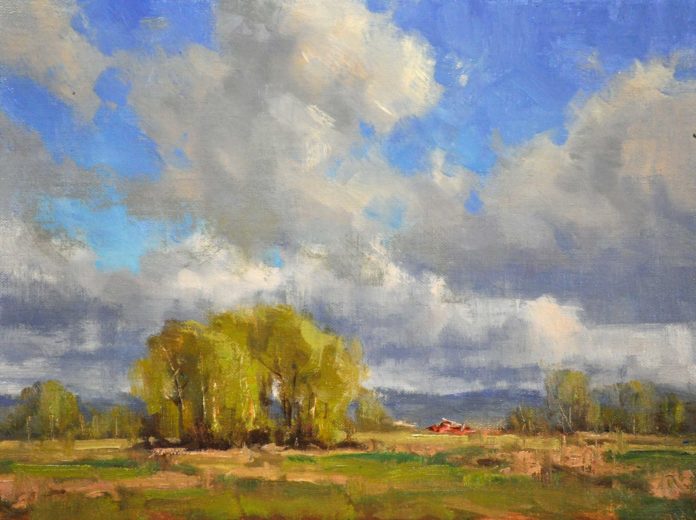
Across the nation, plein air societies and associations are being featured in exhibitions at regional museums. These shows enjoy a high profile in the local community, and their mention looks good on an artist’s curriculum vitae and website. But how does a group go about getting a museum show?
The Ohio Plein Air Society (OPAS) has enjoyed much luck with museum shows, with exhibitions of members’ work appearing or scheduled for exhibition at both the Columbus Museum of Art and the Springfield Museum of Art. At the Springfield Museum, OPAS dealt with Charlotte Gordon, now the artistic director at the Southern Ohio Museum. Gordon shares with us the museum’s perspective on shows. “It’s important to know that museums generally book exhibitions two or three years in advance,” she says. “This is to give artists adequate time to make new work and museums enough time to include these exhibits in their grant applications and build expenses into the budget.”
A member may put out feelers to see if a museum is interested — this area will be explored later — but it is crucial that a group create a professional presentation. “When approaching a new venue, it is helpful to have a ‘CV’ for the group — notable members, past exhibitions with images, perhaps comments and quotes from past jurors,” says Gordon. “Perhaps included could be references from other museum personnel who have worked with the group, and reviews of the exhibition.”
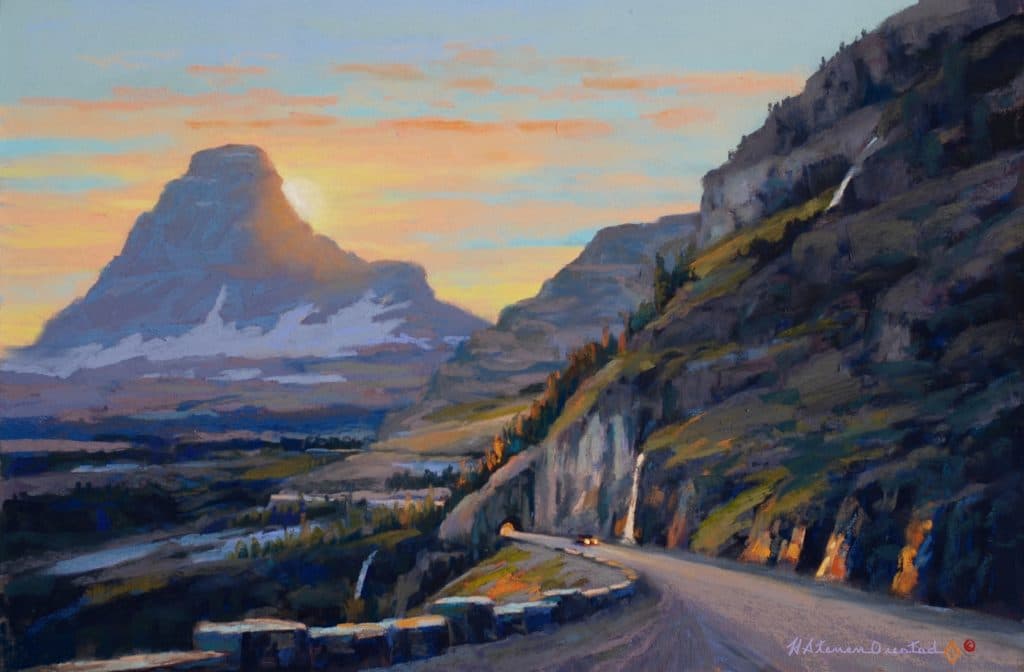
Susan Hallsten McGarry directed the Plein Air Painters of America (PAPA) for 15 years, and dealt extensively with museums to find hosts for PAPA shows. She agrees with Gordon on the importance of a professional presentation — and she took this much further at PAPA. “We would bend over backwards to be accommodating,” says McGarry. “We would ask the museum to do a catalog — and we would generate the catalog ourselves, and make that something that we offered to the museum. We’d point out that we would be supplying quality work and access to our collector base. We’d even write the signage information for their staff to use.”
Tracy Johnson is the executive director of the Hockaday Museum of Art in Kalispell, Montana. In 2016, the Montana Painters Alliance was featured in the museum. She says that if an organization offers quality work and their pitch matches the museum’s mission, a show may very well be scheduled.
“In order for a group or organization of artists to get into our exhibit schedule, they need to submit an exhibit proposal, with the best images, which goes to our exhibit selection committee,” Johnson explains. “We look at how their work as a group ties into our museum mission statement, the quality of their work, programming connections, and if we have a spot that works schedule-wise. Museums like to exhibit a variety of media throughout an exhibit year. However, we do try and get one to two years out scheduling exhibits, so if it is a good fit, more than likely we will suggest a few different time slots to the group.”
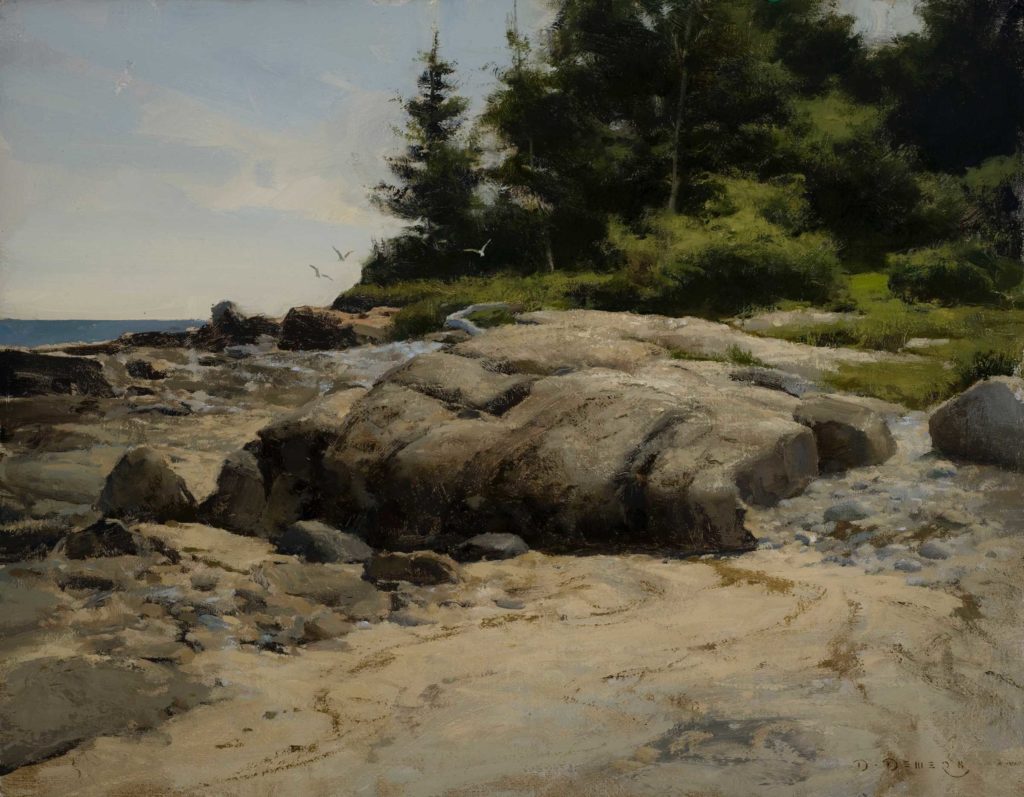
McGarry says PAPA was careful to offer a professional proposal, but she doesn’t think that was the most important part of the pitch. “Even though PAPA is a national organization, our best shows were always engineered by someone who had a relationship with a local museum,” she says. “We would put out a lot of cold-call presentations, and we could put out a pretty impressive package with a catalog, but the ones that came through more often than not were those in which someone had a relationship with a museum.”
This is the main point that emerged from almost all of our conversations with museums and plein air groups: These shows are built on relationships. The Montana Painters Alliance landed the show at the Hockaday through those connections. “The Hockaday is a community museum with a permanent collection, and this show happened through relationship-building,” asserts Rob Akey, the Montana Painters Alliance member who served as point person for the show. “I have participated in plein air events associated with Glacier National Park for 10 or 15 years through the Hockaday — their core collection is related to Glacier Park painting, and they keep ties with it. The short answer is that we landed a show like that because they know who I am and they know some of our other members, and they know us to be serious artists of some standing. We made the proposal two or three years ago, they reviewed our members and made sure we are what we say we are, and things proceeded from there.
“We’re a Montana plein air group and we have members from all over the state, from towns and from rural areas. A lot of the towns have art museums, and we support them and participate with them. When you have relationships like that, it’s not that difficult to propose a show like this and make it happen. It would be hard for a group of part-time painters to propose something like this.”
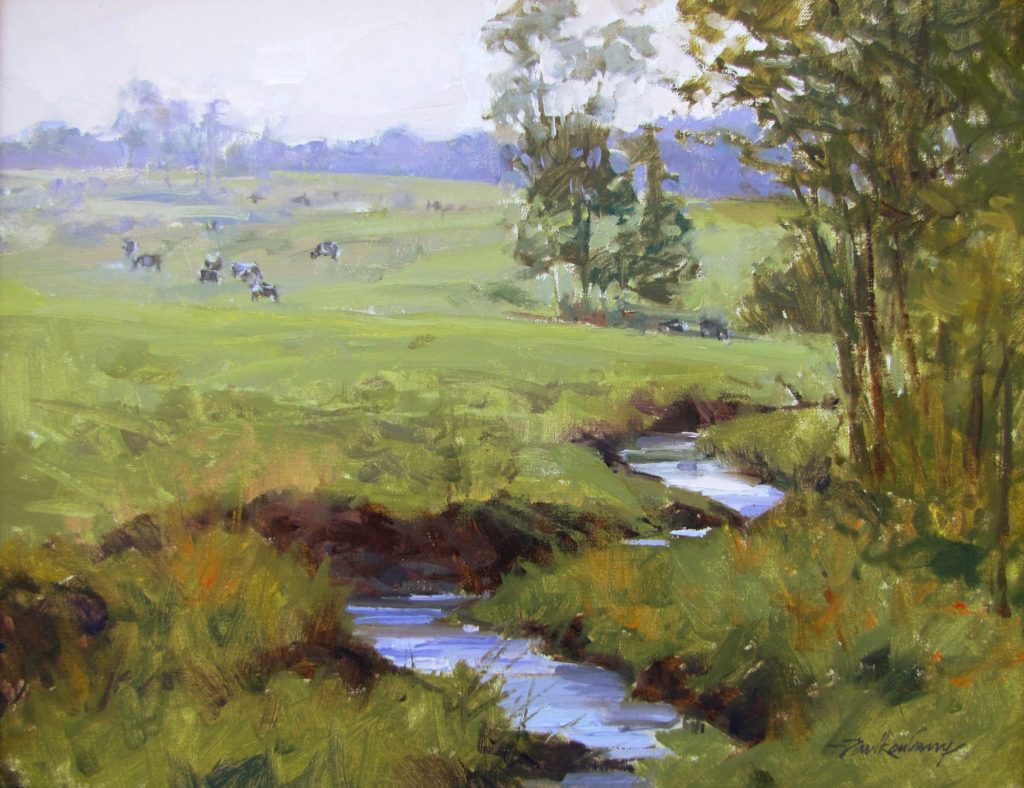
OPAS President Robin Roberts agrees: “In this business, and in any other business, relationship is everything. A very dedicated member of a society approached the Springfield Museum, and that is how it got started.” Another key factor in a successful push for a museum show is hinted at above. Aker served as the contact for the Hockaday Museum, and McGarry headed efforts to secure shows for PAPA — even if the initial contact was made by an artist with connections. Gordon says museums value this. “When working with a group exhibit,” she says, “the museum needs one contact person through the entire process to handle the details that include dates, number of works, acceptable juror, promotional images and information, label information, insurance/price information, delivery/pickup of work before and after, and dissemination of info to their group. Because museums are in stages of negotiations with many exhibitions at one time, having one person streamlines this process.”
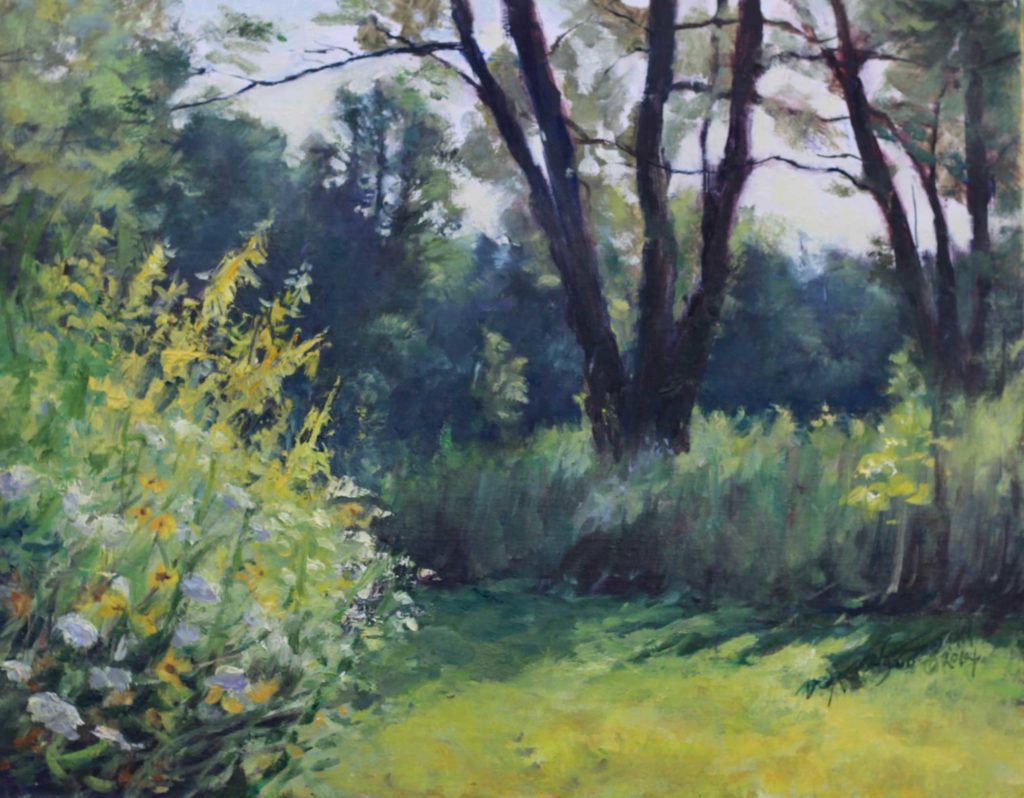
Depending on one’s personality, hearing that the best way to get a museum show is through footwork, networking, and building relationships might be disheartening. Lest one forgets, museum shows are well worth the effort.
“I find that any time we can set up a show with a museum, that’s a great thing,” says Steven Oiestad, a member of the Montana Painters Alliance. “We’ve also done a few things with the C.M. Russell Museum, and they have been very well received.”
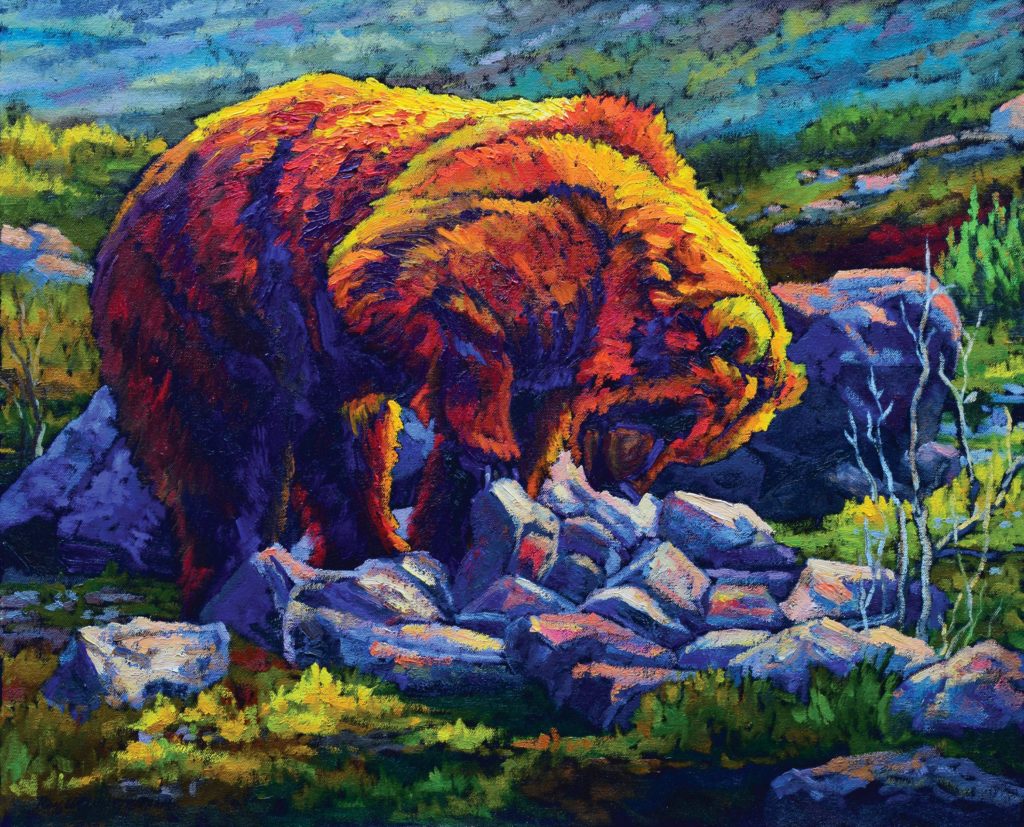
Bottom line: Paint-outs and big event competitions are helpful, but they won’t have the staying power of a museum show. “The difference between a museum show and weekend events is that the show is up for as much as three months,” says McGarry. “A museum show runs for an extended period of time, so literally thousands of people see this work and it’s in the context beyond ‘What can I do in an hour or two’? With small shows, the public has to be there at the right time and right place. Afterward, there is likely no record — perhaps it is documented on a website somewhere.”
“It gives you a lot of exposure to a different area,” Oiestad points out. “The public might not hear about paint-outs. Museums have funds to advertise and promote shows, and they have their members that come into the museum. We get a lot of exposure through the museum shows. Now, we’re hitting our stride, and people are actually coming to us about having shows — after 11 or 12 years of this.”
This article originally appeared in Plein Air magazine (subscribe here!).




Really enjoyed this article about museum exhibits. Hope that I can use the information with my artist friends.